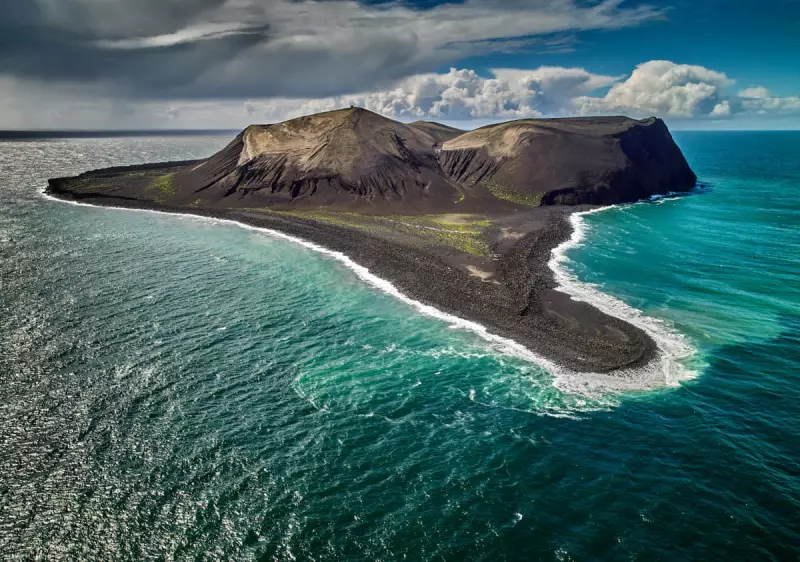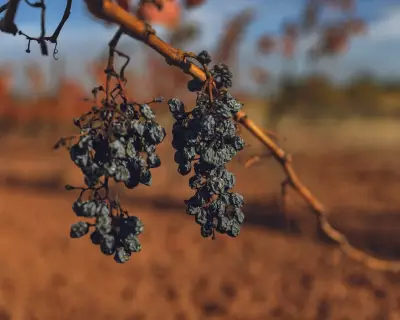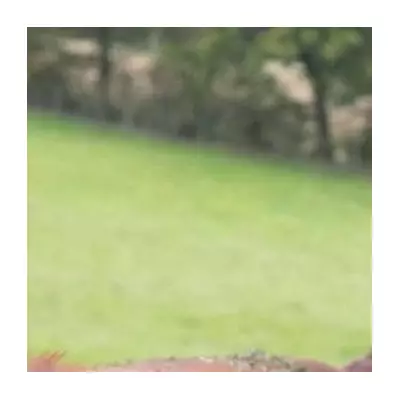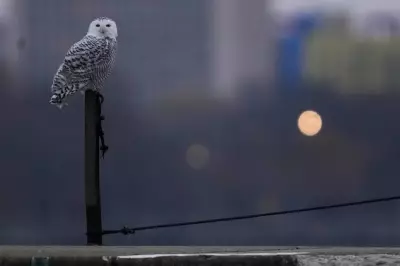
Off Iceland's dramatic southern coast, a remarkable natural experiment has been unfolding for over six decades. The island of Surtsey, born from a violent volcanic eruption in 1963, has become one of the world's most precious living laboratories, offering scientists an unprecedented window into how life colonises barren land.
A Land Born of Fire and Water
The creation of Surtsey was nothing short of spectacular. Emerging from the North Atlantic waves between 1963 and 1967, the island was formed by volcanic activity that lasted nearly four years. From its fiery beginnings, this new land mass immediately became a protected scientific reserve, with only a handful of researchers permitted to visit each year.
This restricted access has preserved Surtsey as a pristine environment, allowing scientists to study ecological succession in near-perfect isolation from human interference.
Nature's Pioneering Colonists
The transformation from barren volcanic rock to thriving ecosystem has been gradual but extraordinary. The first signs of life appeared surprisingly quickly, with seeds and plant matter carried by ocean currents establishing footholds on the new land.
Bird colonies have been particularly instrumental in Surtsey's transformation. As seabirds began nesting on the island, they brought with them:
- Seeds and plant material in their feathers and digestive systems
- Nutrient-rich guano that enriched the developing soil
- The foundations for more complex food webs
Scientific Discoveries and Surprises
Research on Surtsey has overturned several long-held assumptions about how ecosystems develop. Contrary to expectations, the island has demonstrated that ecological succession doesn't always follow predictable patterns.
"What we've learned from Surtsey challenges traditional ecological theories," explains Dr. Borgþór Magnússon, who has studied the island for decades. "The establishment of life here has been more random and opportunistic than we anticipated, with chance events playing a crucial role in determining which species succeed."
A Protected Natural Treasure
In 2008, UNESCO recognised Surtsey's unique value by designating it a World Heritage Site. This protection ensures that the island remains a natural laboratory for generations to come, free from the invasive species and human impacts that complicate ecological studies elsewhere.
The ongoing research continues to yield valuable insights into:
- How ecosystems respond to climate change
- Natural processes of soil formation
- The role of chance in ecological development
- Long-term patterns of species migration and establishment
As climate change accelerates and biodiversity faces unprecedented threats worldwide, the lessons from Surtsey become increasingly valuable. This living laboratory serves as both a benchmark for ecosystem recovery and a powerful reminder of nature's resilience when given the space to regenerate on its own terms.





